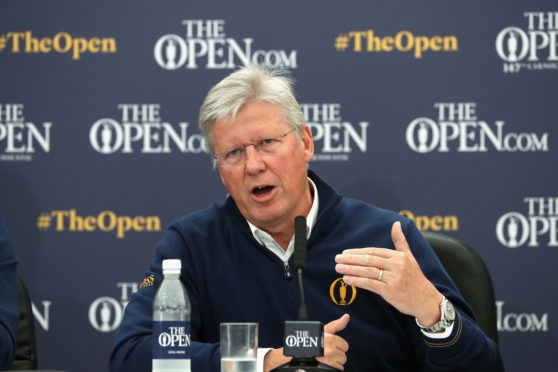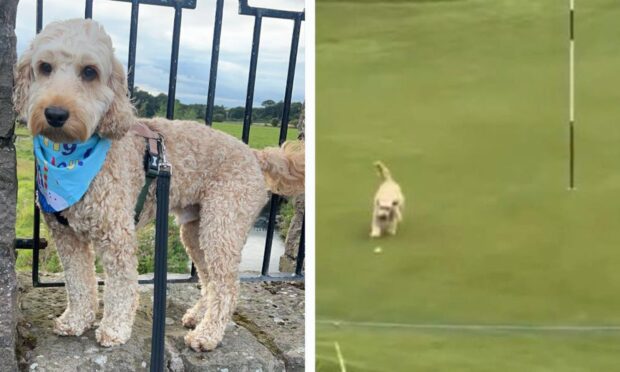The R&A’s desire to ditch its crusty, traditional image and promote a new persona for the 21st century was underlined with the announcement yesterday of a simplified Rules of the Golf and a complete rebranding of the organisation.
The new “brand identity” fits with a modernisation piloted by chief executive Martin Slumbers, which has most recently seen the R&A enthusiastically take a lead in promoting the women’s game and to change long-entrenched policy on slow play and distance control.
The thorough simplication of the Rules, which comes into operation on January 9 next year, has been flagged for some time with many of its main alterations already announced.
These changes include new procedures for dropping the ball when taking relief, the elimination or reduction of several penalties, relaxation rules for the putting greens and bunkers, and alterations to encourage a quicker pace of play.
The new rule book also features more plain English and less golf jargon. It’s described as a “player’s edition” and will be rolled out across the world with more than 2 million copies distributed by the R&A and its sister governing body, the USGA.
Meanwhile the St Andrews-based body has also changed image and also released a “playbook” outlining its future vision for the sport.
The new brand is “the culmination of work in the last three years to modernise golf and change perceptions of the sport”, states the R&A. To that end, the organisation plans to invest £200 million in developing golf over the next decade.
The main strands of the “playbook” are to make golf more accessible, more appealing and more inclusive and to be responsible for upholding the traditions of golf while embracing change and breaking down barriers to progress.
The playbook also highlights “core values” as “courage to act in the best interests of the sport; integrity in acting fairly and equally; and inclusivity in growing the sport through achieving greater diversity.”
It’s the kind of document that no-one in golf could imagine the R&A, even the corporate version separated from the Royal and Ancient Golf Club of St Andrews in 2004, promoting even half a decade ago.
Slumbers, chief executive since 2015, said the new branding attempted to reflect the R&A’s wish to be at the forefront of the modernisation of the sport.
“We listened to our partners and the organisations and individuals we serve to help us determine what we should seek to achieve as custodians of golf,” he said.
“The message came through very clearly that we have a global role to play in leading the sport, while working collaboratively with our partners and international affiliated organisations to grow and nurture golf to ensure that it continues to thrive in 50 years’ time.”
The new World Handicap System announced this summer and the Women in Golf Charter launched in May, along with the modernised and simplified Rules, are all part of this new drive.
Similarly the R&A has done a volte-face on the issue of distance control, dropping its long-held position that there wasn’t even a problem and starting a worldwide consultation on equipment technology and how far the modern ball is travelling.









